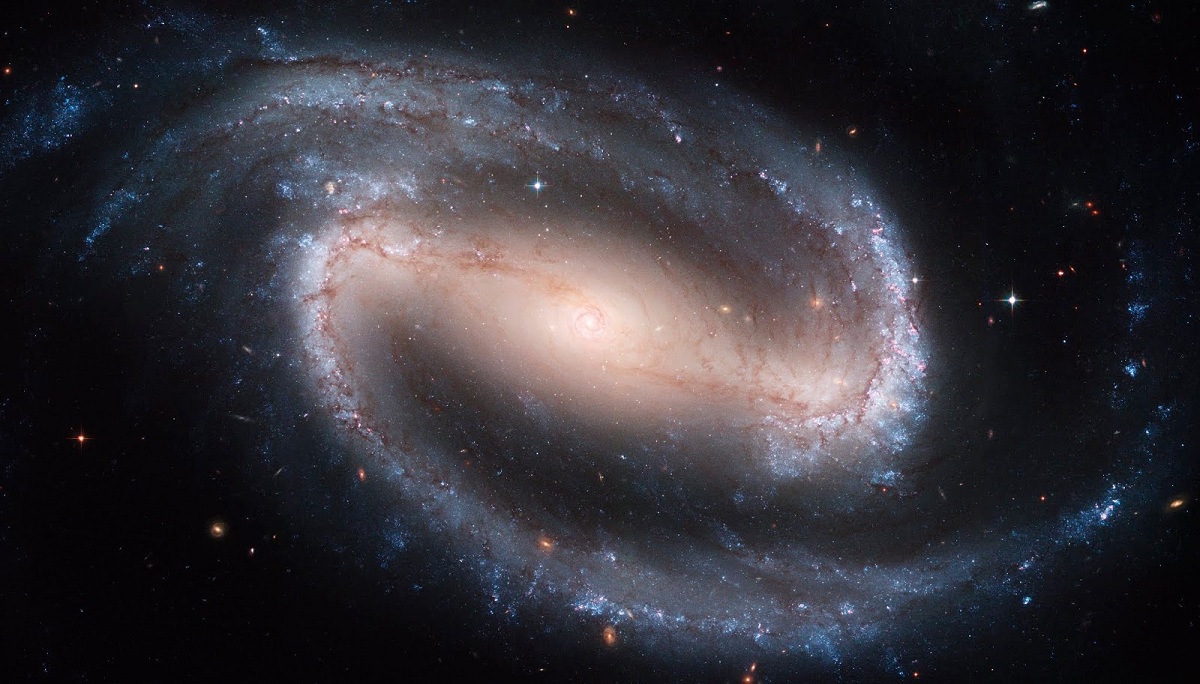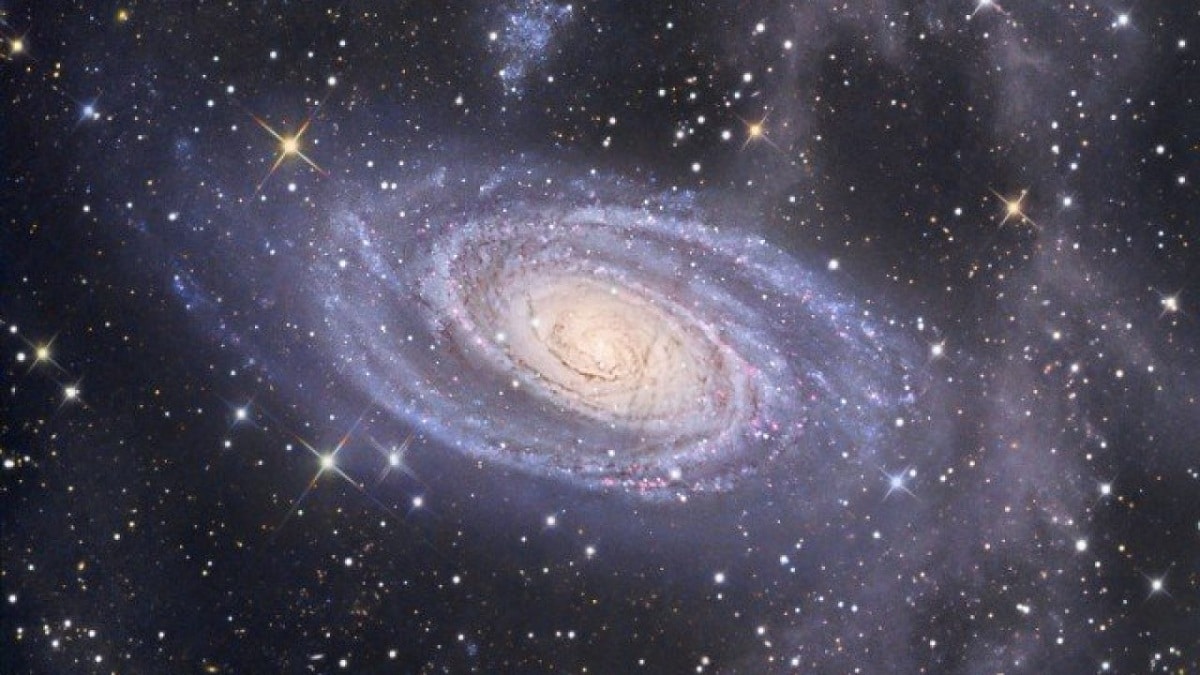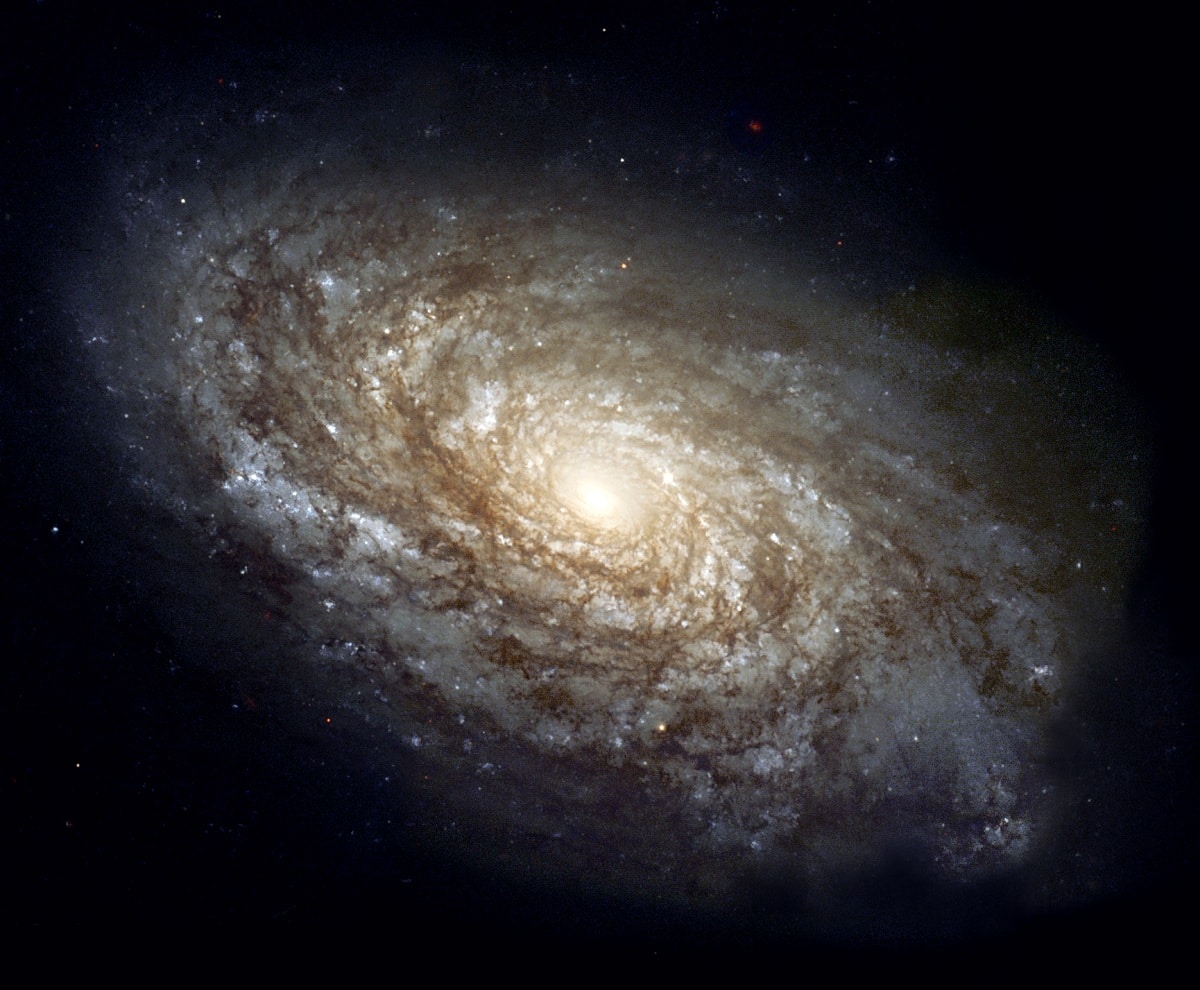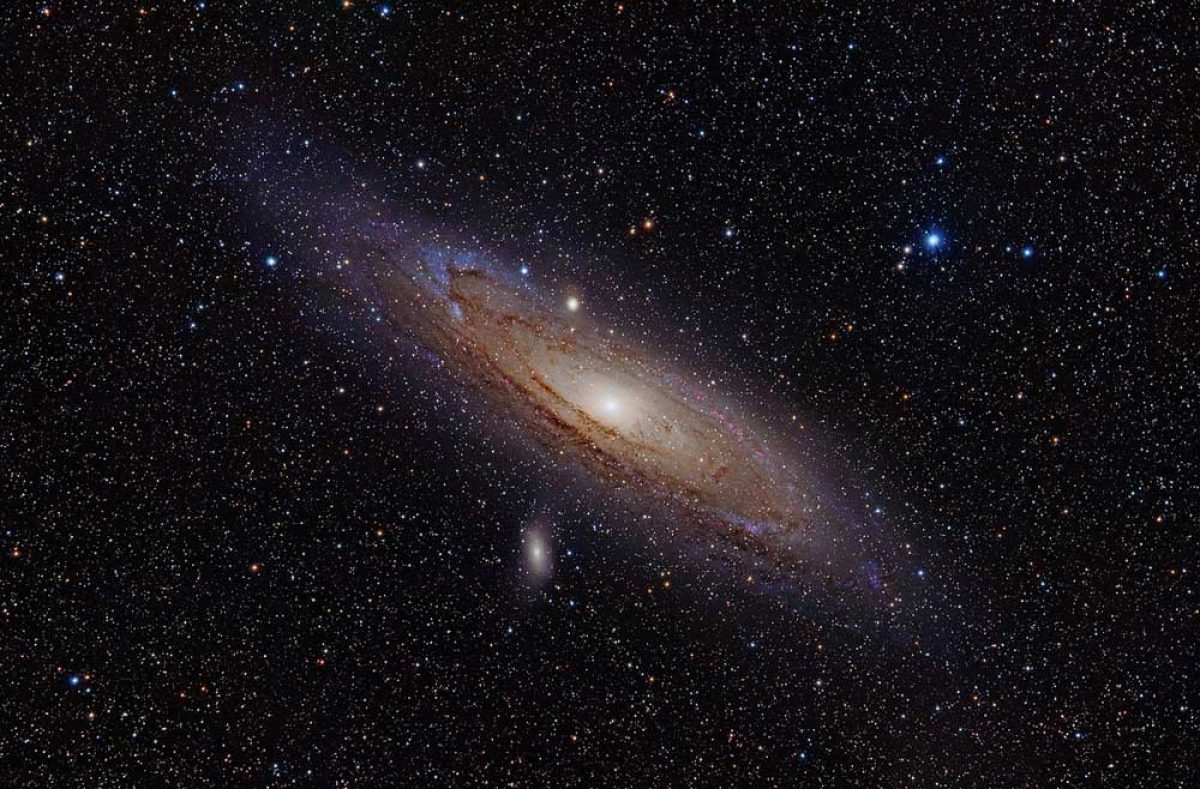
The universe we know has great dimensions and there is not only the galaxy in which we live. There are numerous galaxies and not all are the same. There are galaxies of different shapes and sizes, from giants to dwarfs. Edwin Hubble made a classification of the galaxies in 1936 to be able to separate which are the different types of galaxies according to their shapes and their visual appearance. All this classification has been expanded over time, but today it is still in force.
In this article we are going to tell you what are the different types of galaxies that exist and what are their main characteristics.
Classification of the different types of galaxies

Galaxies are classified into different types. We can see the main types of galaxies like elliptical, lenticular, spiral, and irregular. Since Edwin Hubble thought that there was an evolution and development in galaxies from elliptical lenticular wings and from these to spirals, he made what is known as the Hubble sequence. Since irregular galaxies do not fit with the rest they do not enter into any kind of sequences.
We know that a galaxy is an entity or composite object made up of a large number of stars and interstellar matter that is held together each other by their own action of gravity. By having its own action of gravity on the components that make up the galaxy they remain isolated from space. There are an estimated 100.000 billion galaxies in the known universe. However, surely this number increases with the passage of time thanks to the advancement of technology. All this number of galaxies are grouped into clusters normally.
We know that the Milky Way is our home and another 200 billion stars and it is what gives the galaxy its name.
Types of galaxies

We are going to classify the different types of galaxies that exist and to name their main characteristics.
Elliptical galaxies
It is shaped like an ellipse and can have a greater or lesser eccentricity. They are usually galaxies that They are named with the letter E followed by a number that goes between 0 and 7. The number is presented to be able to point out the eccentricity liver of the galaxy. These types of galaxies are divided into 8 different types named from E0 to E7. It can be said that the former is practically spherical and has no eccentricity, while the latter has a high eccentricity and a more elongated appearance.
Elliptical galaxies have very little gas and dust and virtually no interstellar matter. With few young stars, most of these stars are old. Almost most of them revolve around the nucleus in a messy and random way. We can find a great variety of sizes from giant to dwarf. The largest galaxies are elliptical since, when the galaxies hatch they merge forming huge elliptical galaxies.
Lenticular galaxies

Only one type of galaxies that are classified between ellipticals and spirals. They are dominated by an almost spherical nucleus made up of old stars, as is the case with ellipticals. They also have a disk of stars and gas around them just like spirals. But it has no spiral arms. It doesn't have much more interstellar and hardly any new star formation.
Lenticular galaxies can have a more or less spherical nucleus or one / or central band of stars. When we have a type of barred lenticular galaxy it is called SO and when they are barred lenticular galaxies they are called SOB.
Spiral galaxies
These types of galaxies are formed by a shower of old stars. This core has a rotating disk of stars and lots of interstellar material that is orbiting around this nucleus of old stars. The rotating disk of stars is known to be made up of spiral arms that extend from the central nucleus. In these arms we have both young stars, more direct stars of the main sequence. These arms are what makes this type of galaxy called a spiral.
The spiral arms have a continuous star formation. If we analyze the disk we can find that there is a halo with globular clusters and scattered stars of different types. Among them we find old stars. This type of galaxy is designated with a letter S followed by another lowercase letter that can be a, b, c or d. This varies depending on the size and appearance of the core and arms. If we take a galaxy Sa we will see that they have a large nucleus in size with respect to the arms. These arms will find the core tighter as they are also smaller.
On the other hand, we have the Sd galaxies that have a smaller nucleus but with large arms that are more dispersed. In many types of spiral galaxies we can see a straight bar on both sides of the nucleus from which the spiral arms emerge. This type of galaxy, like the previous one, is known as barred spiral galaxies. They usually say nothing with SB and the letter just like the previous one. This letter combination has the same meaning as the unbarred spirals.
Irregular galaxies
As we have mentioned before, irregular galaxies do not have any defined structure or symmetry. Therefore, it is more complicated to introduce it into any type of galaxy sequence. They have no elliptical shape and nor to stretch my fit into the Hubble sequence. They are smaller galaxies with large amounts of interstellar gas and dust.
Their nomenclature is designated with Irr and they are classified into two types. The Irr I or Magellanic type and the Irr II. The former are the most frequently found and are made up of old stars with a very low luminosity. These galaxies do not have a nucleus. The latter are more active and are made up of young stars. They are usually formed by the interaction between the force of gravity of the closest galaxies. It can also happen that they originate from the collision of two galaxies.
I hope that with this information you can learn more about the types of galaxies.